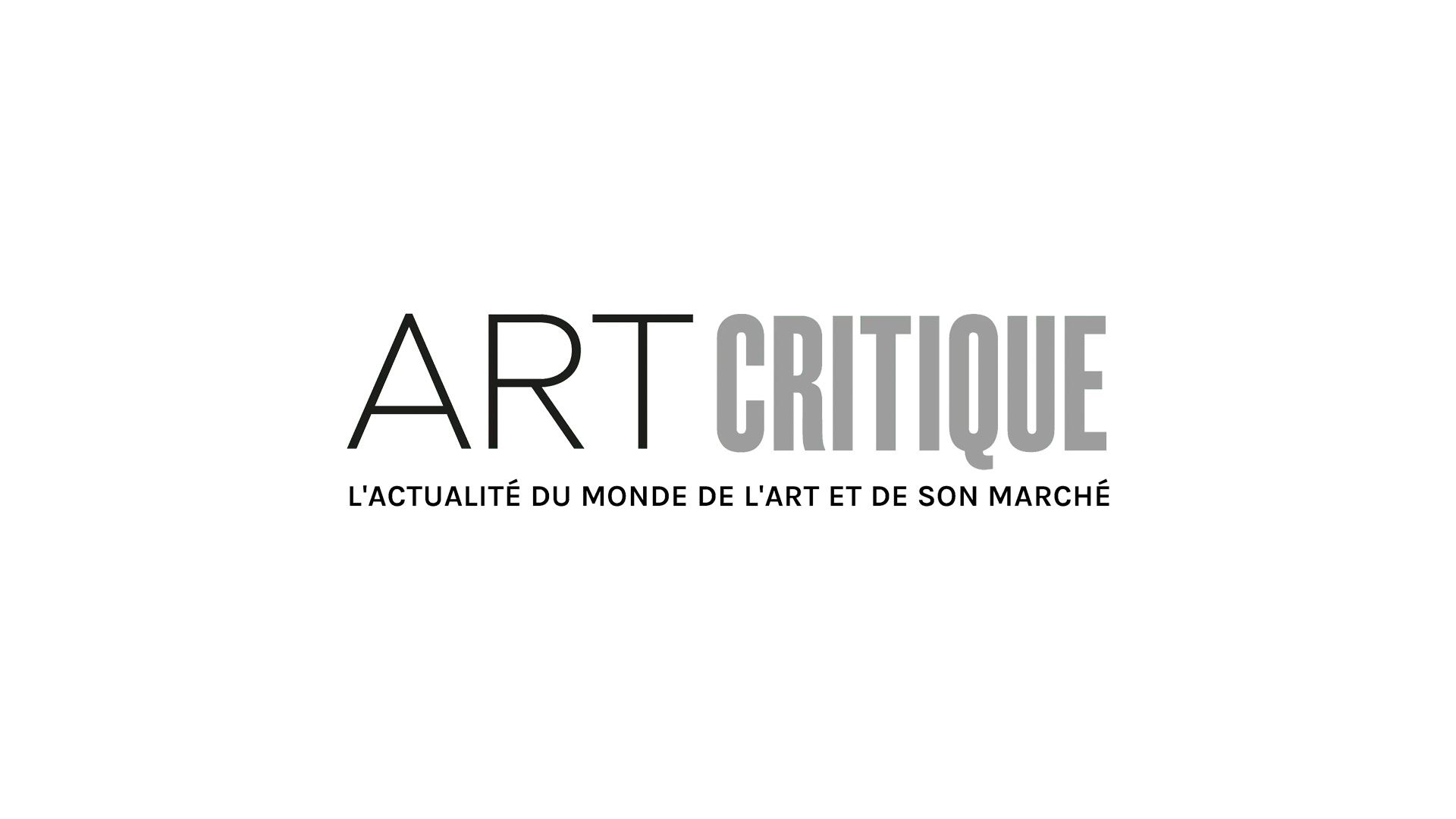2018 Turner Prize nominee, Luke Willis Thompson, has found himself in the middle of some controversy this year as a result of his most recent work’s pointed commentary on race.
His chilling work, autoportrait, is a short film portraying the image of Diamond Reynolds, the American woman whose boyfriend, Philando Castile, was shot in cold blood on a Minnesota highway by a police officer in July of 2016 while seated in his car. Reynolds was left live-streaming her boyfriend’s death over Facebook. The incident led to Reynold becoming morbidly famous after her own personal experience of tragedy.
Thompson’s artwork is meant to raise awareness of Castile’s death by focusing adroitly on Reynolds, whose traumatic experience was shared with millions on social media. Thompson has effectively made a name for himself for his artistic focus on Western issues of racism and colonialism. He has spoken in the past of the parallels between Britain’s black community and minorities of Pacific descent in his native Auckland.
In 2012, Thompson’s similarly tragic exhibit Untitled was given credit in the New Zealand political context for its incisive commentary on race relations in that country – the exhibit demonstrated three garage doors that were tagged with graffiti by 15-year-old person Pihema Cameron, a racialized teenager who was stabbed to death immediately afterwards by the property owner. The exhibit followed public outrage in New Zealand subsequent to the murderer’s release after he served only 2 years behind bars.
However, Thompson’s artistic expression has not come under fire in these circumstances due to the political nature of his commentary. Instead, some are opining that his position as a white male from an economically privileged background not only limits his capacity to contribute honestly to a debate on race, it also detracts from those racialized artists and commentators whose works are underrepresented in the mainstream art world.
The 30-year-old artist identifies as a mixed-race Fijian-New Zealander. However, he is visibly white. Moreover, he is not an American. For that reason, many are concerned that he has walked waywardly into the wrong debate at the wrong time.
An activist collective based in London has begun protesting the artist’s nomination under the slogan “Black Pain is not for Profit”. Protesters are accusing Thompson of deliberately making art that profits from the suffering of marginalized black or other racialized groups.
The protest was officially organized by BBZ London, a collective that aims to prioritize the experience of queer women and non-black people of colour. The group decided to take a symbolic stand against Thompson’s work in order to point out what they perceive as an unfair utilization of black pain and suffering to advance an individual’s career goals in art.
The Turner Prize is Britain’s most prestigious art honour awarded either to British artists based anywhere or to any artists based in Britain. Thompson was eligible because he lives and works in London. The story has gained traction because of the prestige that comes along with the prize as well as the relative bump in art sales that Turner Prize winners and nominees can be expected to receive.





